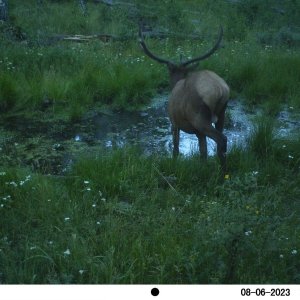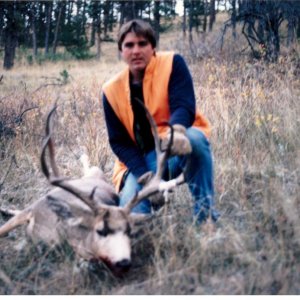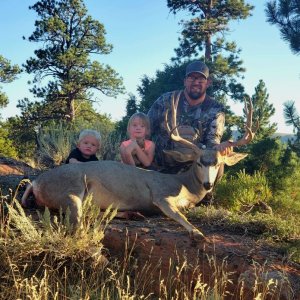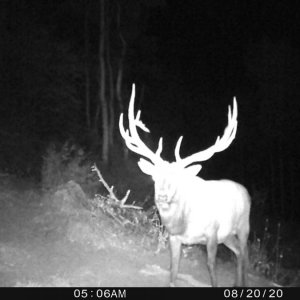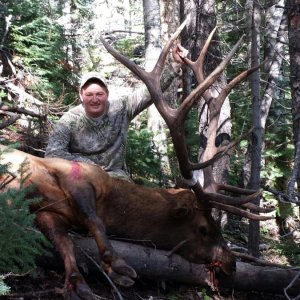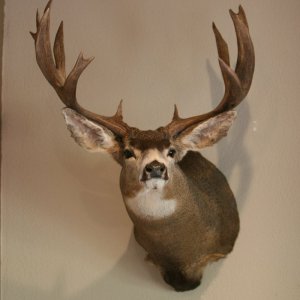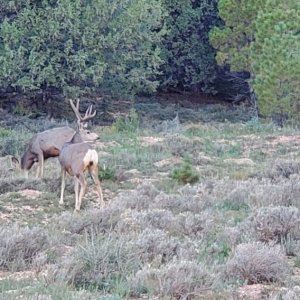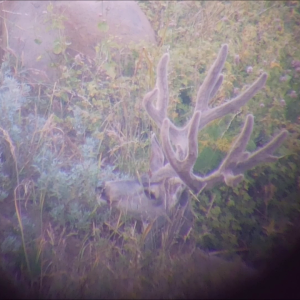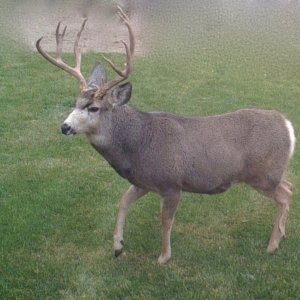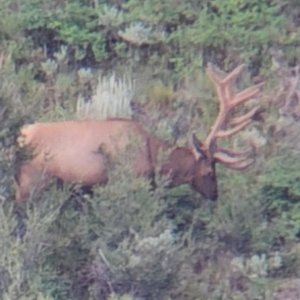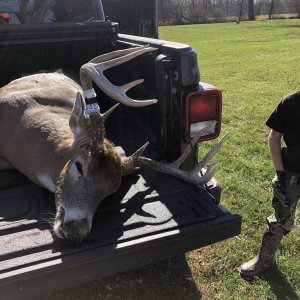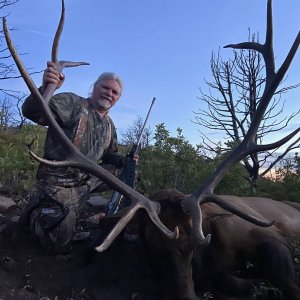LAST EDITED ON Apr-06-16 AT 11:42AM (MST)[p]It's about overall population increase and decline.It's exponential, because does will have 50% or so doe fawns, which multiplies when you consider multiple years of offspring compounded.
Harsh winter basically reduces your carrying capacity. So if you have say, 10,000 deer on a unit, 3,000 of which are bucks, they will compete for feed, thermal cover etc.
Here's the layman math and 2 scenarios under a 30% winter mortality:
Scenario #1 - 30/100 B-D ratio - 3,000/7,000 does X .30 = 900 dead bucks/2,100 dead does and fawns.
Total remaining deer - 2,100 bucks/4,900 does.
Scenario #2 - 15/100 B-D ratio - 1,500 bucks/8,500 does X .30 = 450 dead bucks/2,550 dead does.
Total remaining deer - 10,050 bucks/5,950 does.
3 year exponential herd growth (Without avg. winter mortality and buck harvest and with the minimum assumption of 1 fawn per doe(Half of which are doe fawns).)
Scenario#1:
Year 1 - 1.5 X 4,900 = 7,350
Year 2 - 1.5 x 7,350 = 11,025
Year 3 - 1.5 X 11,025 = 16,537.5 (The .5 = pigmy deer)
Scenario #2 :
Year 1 - 1.5 X 5,950 = 8,925
Year 2 - 1.5 x 8,925 = 13,378.5
Year 3 - 1.5 X 13,378.5 = 20,081.25 (.25 = midget pigmy deer with congenital birth defects.)
3 year year difference:
30/100 B-D - 16,537.5
15/100 B-D - 20,081.25
In 3 years we would have grown over 20%/3500 more deer by not "stockpiling" bucks. So as far as deer populations are concerned, the lowest amount of bucks it scientifically takes to breed all does is the best number to have in the population to grow more deer.
I own a small herd of cattle. I own one bull and 19 cows. He covers them just fine and I don't have to winter feed multiple bulls.

